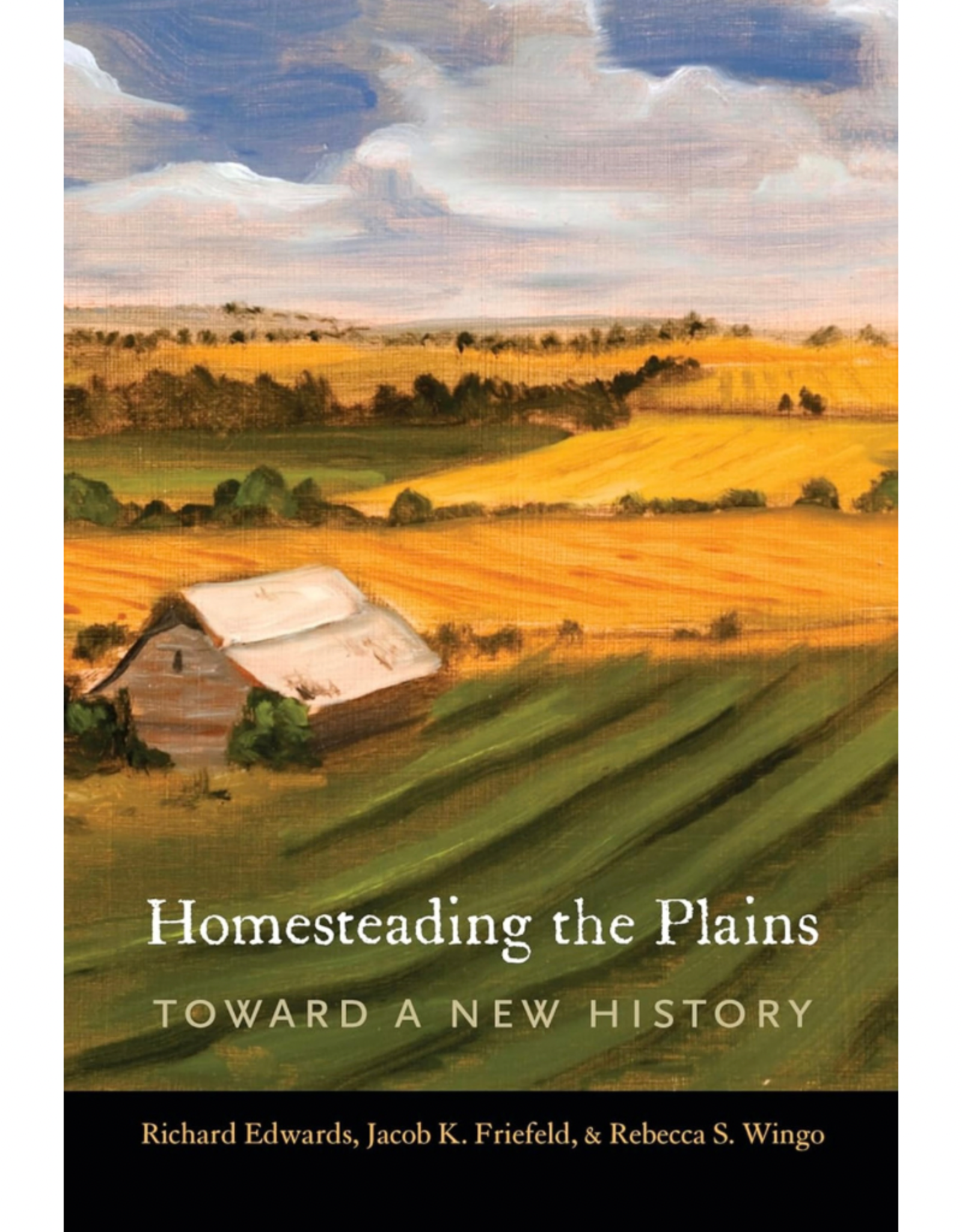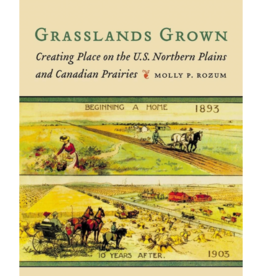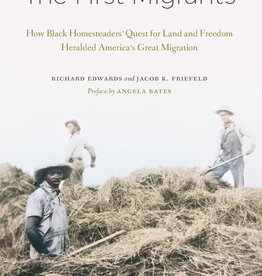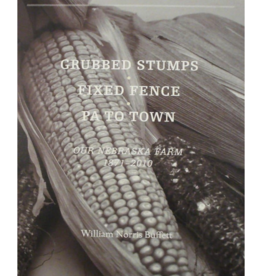Homesteading the Plains: Toward a New History
| Article number: | EDWARDS HTP |
| Availability: | Out of stock |
Homesteading the Plains offers a bold new look at the history of homesteading, overturning what for decades has been the orthodox scholarly view. The authors begin by noting the striking disparity between the public’s perception of homesteading as a cherished part of our national narrative and most scholars’ harshly negative and dismissive treatment.
Homesteading the Plains reexamines old data and draws from newly available digitized records to reassess the current interpretation’s four principal tenets: Homesteading was a minor factor in farm formation, with most western farmers purchasing their land; most homesteaders failed to prove their claims; the homesteading process was rife with corruption and fraud; and homesteading caused Indian land dispossession. Using data instead of anecdotes and focusing mainly on the nineteenth century, Homesteading the Plains demonstrates that the first three tenets are wrong and the fourth only partially true. In short, the public’s perception of homesteading is perhaps more accurate than the one scholars have constructed.
Homesteading the Plains provides the basis for an understanding of homesteading that is startlingly different from the current scholarly orthodoxy.
University of Nebraska Press: 2019 | Paperback: 272 pages
About the Authors
Reviews
"Homesteading the Plains does an excellent job of providing reasons to be excited for the future of homesteading research while celebrating the past success of the Homestead Act, its principal role in the history of both the Great Plains and the entire country, and its enduring legacy on the land and the people who call it home."
"Homesteading the Plains showcases the value of digitized homestead records, arguing persuasively that we need to reconsider and challenge long accepted and widely circulated "stylized facts" in the light of the detailed research now possible."
"Homesteading the Plains is a 'must-read' for Great Plains scholars, as well as for those interested in the American West and in GIS applications. It is a much-needed call for a revitalization of homesteading scholarship, and an example of how dramatically technology and historians' increased access to data can shift the historiography. The authors should be congratulated on their contribution to future Great Plains studies, as their book will doubtless serve as a fine kick-start to a new renaissance in homesteading research."





